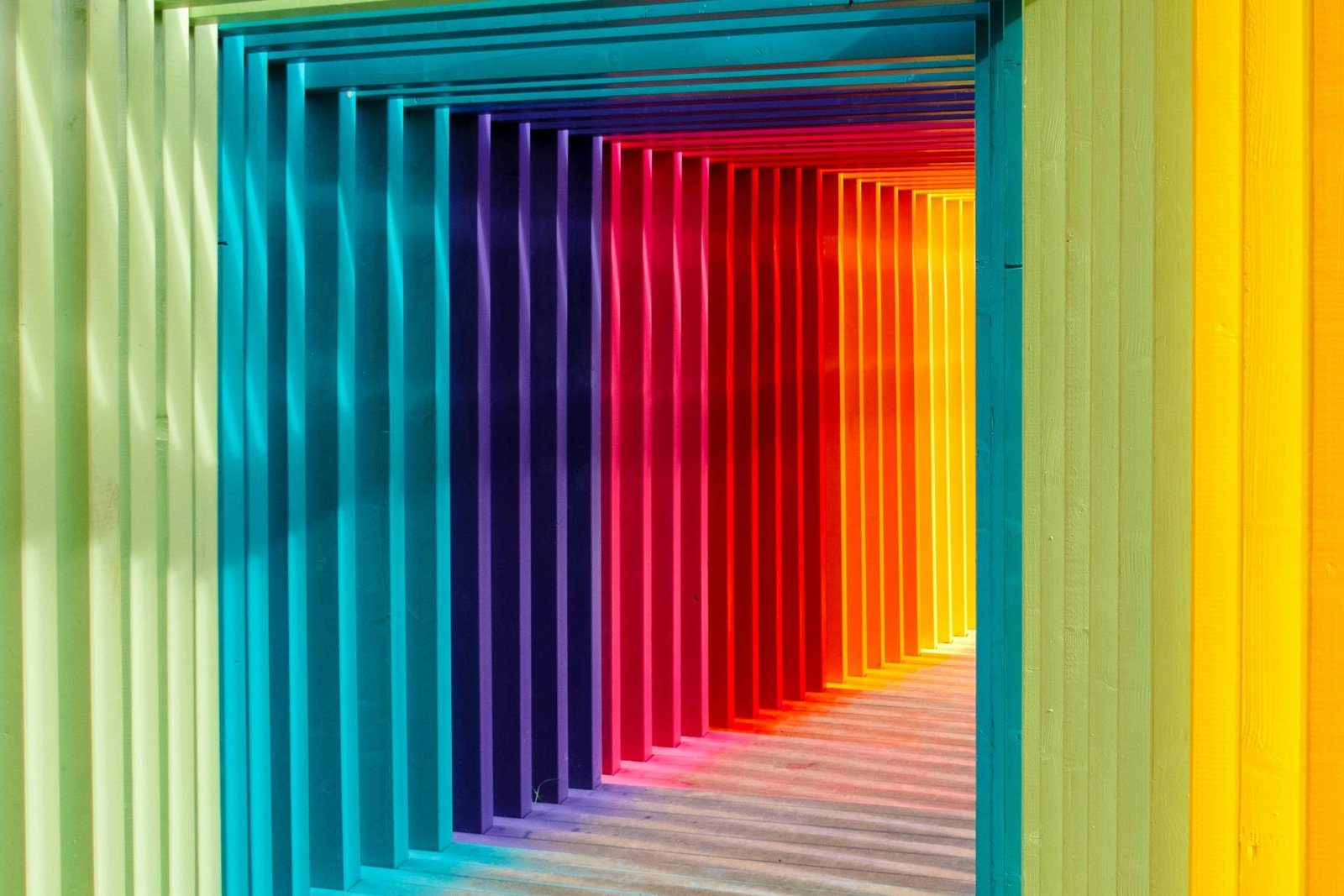Exploring the Impact of Colour Theory in Web Design: How to Choose Colours That Evoke Emotions

Colour is one of the most powerful tools in a designer's toolkit, capable of evoking emotions, shaping perceptions, and influencing user behaviour. In web design, the strategic use of colour can make a profound impact on the user experience, guiding users through the content of a website and conveying brand identity effectively. In this blog post, we'll explore the principles of colour theory and provide tips for choosing colours that evoke emotions and enhance user experience in web design.
Colour theory is a complex and nuanced field that encompasses the study of how colors interact with each other and with the human brain. At its core, colour theory is based on the principles of hue, saturation, and brightness, which determine the visual characteristics of colours. By understanding these principles, designers can create colour palettes that are visually appealing, harmonious, and effective at communicating the intended message.
One of the key aspects of colour theory is the psychological impact of colours on human emotions and perceptions. Different colours evoke different emotional responses, with warm colours like red and orange often associated with energy, passion, and excitement, while cool colours like blue and green evoke feelings of calmness, serenity, and trust. By strategically choosing colours that align with the intended mood and message of a website, designers can create a more engaging and emotionally resonant user experience.
In addition to evoking emotions, colour can also be used to create visual hierarchy and guide users through the content of a website. By using contrasting colours for headlines, buttons, and calls to action, designers can draw attention to important elements and make it easier for users to navigate and interact with the site. Similarly, by using colour sparingly and strategically, designers can create visual balance and prevent the user from feeling overwhelmed or distracted by excessive visual stimuli.
When choosing colours for your website, it's essential to consider both the aesthetic and functional aspects of colour theory. While vibrant colours may be visually striking, they may not always be suitable for conveying a sense of professionalism or trustworthiness, particularly in industries such as finance or healthcare. Similarly, while colour trends may come and go, it's essential to choose colours that are timeless and align with your brand's identity and values.
By understanding the principles of colour theory and applying them thoughtfully to your web design projects, you can create visually stunning and emotionally engaging websites that resonate with your audience and drive meaningful interactions.